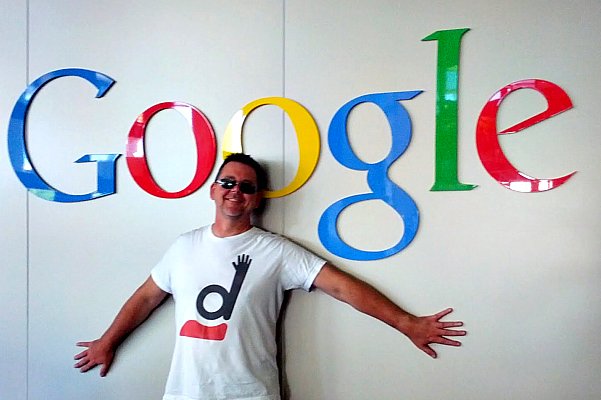 I’m a big user of Google’s tools. I like what they offer and I like that they just keep getting better and better. When my school moved to Google Apps for Education at the end of 2011 we were generally happy with what was on offer, but there were things that we wished were just a little better, a little more polished, or had just a few more features. Over the course of 2012, some obvious things happened: Gmail got a redesign, Drive was introduced, editing of Docs on mobile devices came along, and of course Google Plus. But there were lots of smaller, less obvious, things that came along too: more fonts were added to Apps, the Research tool was added to Docs and Sheets, the Equation Editor got a boost, and so on. Unless you’re on top of it, many of these improvements were easy to overlook.
I’m a big user of Google’s tools. I like what they offer and I like that they just keep getting better and better. When my school moved to Google Apps for Education at the end of 2011 we were generally happy with what was on offer, but there were things that we wished were just a little better, a little more polished, or had just a few more features. Over the course of 2012, some obvious things happened: Gmail got a redesign, Drive was introduced, editing of Docs on mobile devices came along, and of course Google Plus. But there were lots of smaller, less obvious, things that came along too: more fonts were added to Apps, the Research tool was added to Docs and Sheets, the Equation Editor got a boost, and so on. Unless you’re on top of it, many of these improvements were easy to overlook.
Over the course of the year many of the things we complained about in January were fixed, improved or added to by December. Google’s tools just keep getting better all the time.
When Larry Page took over from Eric Schmidt at CEO of Google, he famously cut a number of lower priority projects in order to focus on the bigger ones. His goal was to put “more wood behind fewer arrows“. Some features were removed, some projects were cancelled, but in return, we got a much improved unification of the Google environment, new features like Drive and Google+, and a much better integration of the tools that fill the Googleverse.
On the one hand, who wouldn’t want tools that just keep getting better and better? We all want that, right? On the other, this constant change and adding of features makes it harder and harder for the average person to keep up with what’s available. Unless you make a deliberate focus of keeping up with what Google offers, it’s easy to fall behind. For myself, I’m connected to the GCT and AppsCT communities, and I regularly co-host the Google Educast on the EdReach network. I’m not sure what other people do to keep up with this stuff.
 With that in mind, you might be interested in coming along to the Sydney Google Summit on January 17/18 at MLC School in Burwood. The Google Summits are a fantastic two day brain dump of Google goodness delivered by passionate educators who regularly use these tools in education. The Summits have been running for a while now in various parts of the world but this will be the first time one has been run in Australia. The presenters are Google Certified Teachers, Google Apps Certified Trainers, Google partners, and even Googlers themselves. The topics cover a wide range of Google-related stuff, from beginner-level through to expert and beyond. There really is something for everyone. The agenda is still being finalised, but trust me, if you use Google tools in an educational setting, you really won’t want to miss it.
With that in mind, you might be interested in coming along to the Sydney Google Summit on January 17/18 at MLC School in Burwood. The Google Summits are a fantastic two day brain dump of Google goodness delivered by passionate educators who regularly use these tools in education. The Summits have been running for a while now in various parts of the world but this will be the first time one has been run in Australia. The presenters are Google Certified Teachers, Google Apps Certified Trainers, Google partners, and even Googlers themselves. The topics cover a wide range of Google-related stuff, from beginner-level through to expert and beyond. There really is something for everyone. The agenda is still being finalised, but trust me, if you use Google tools in an educational setting, you really won’t want to miss it.
You can get all the details at the Sydney Google Summit website. Hope to see some of you there!
If you’re coming to the Sydney Summit (or even if you’re not) leave a comment below letting us know what you are most hoping to get out of the sessions.
